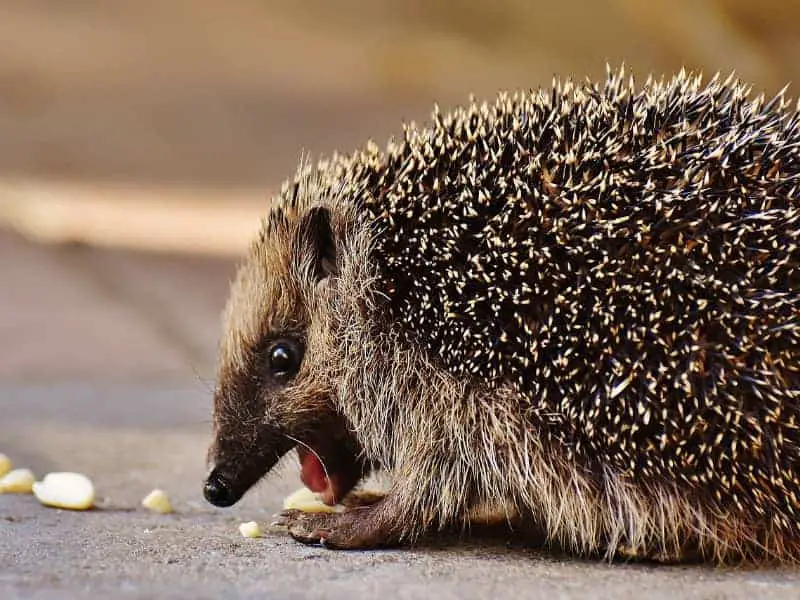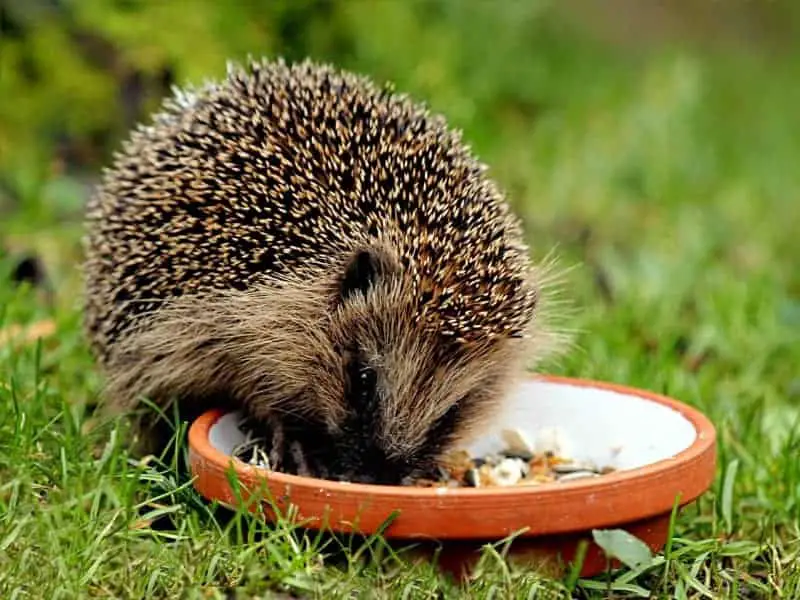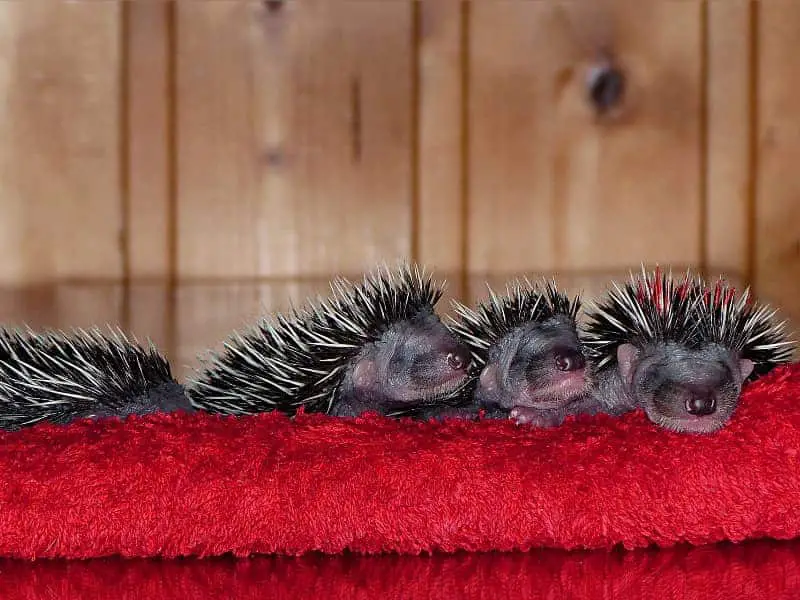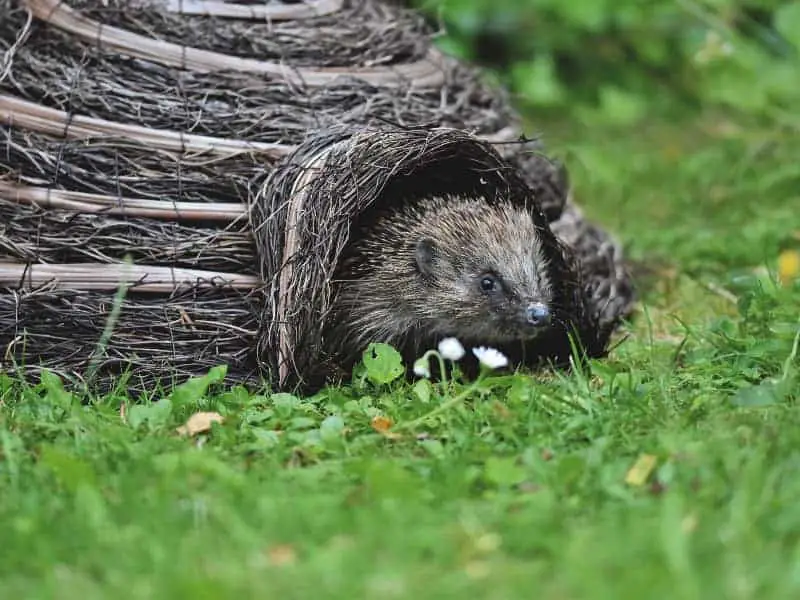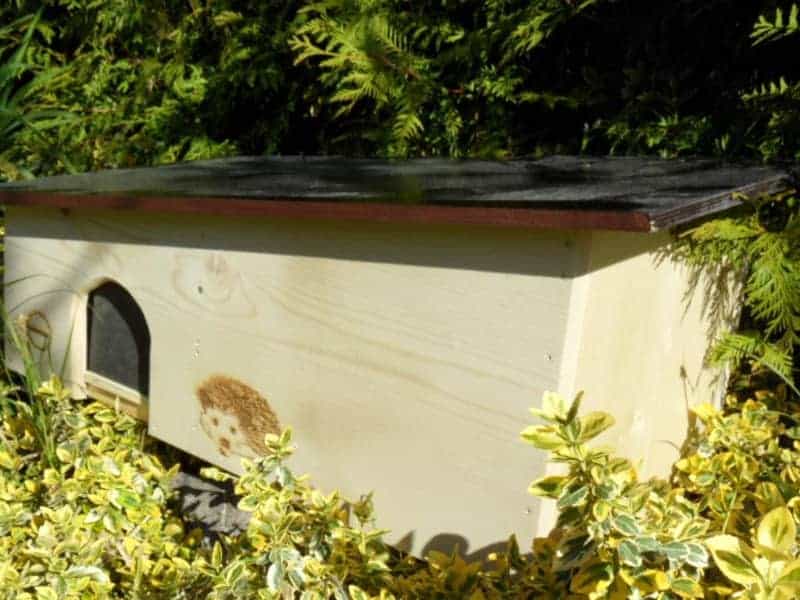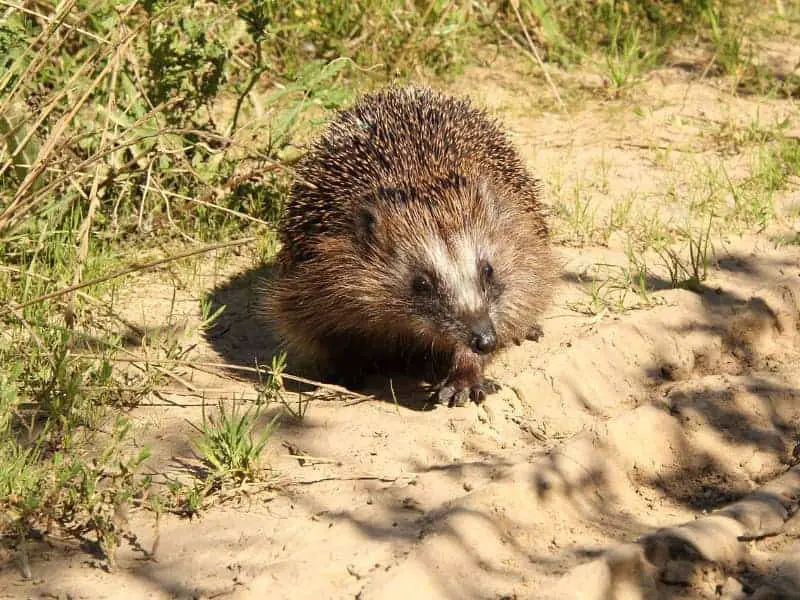
How to recognize hedgehog parasites?
You cannot always tell with the naked eye whether a hedgehog has parasites. There are both external and internal parasites in hedgehogs. You should beware of the word Parasites not be deterred, because these are mostly hedgehog-specific.
Recognize hedgehog parasites - outside as inside
In hedgehogs, hedgehog parasites include both internal parasites (endo-parasites) and external parasites (ectoparasites).
External parasites include:
- Fleas
- Ticks
- Fly eggs and maggots
- Mites
Fleas
Most often, these are hedgehog fleas. The infestation ranges from small to massive. Preferably you find the fleas in the hairy part of the body. You can act here with flea spray, which is even preferable to powder. With powder this adheres to the body and you would have to Hedgehog bath, which means additional stress.
Ticks
It is primarily the hedgehog tick (shield tick). It bores into the hedgehog's skin primarily on the hairy and soft parts of the body. The Ticks lay between 800 and 1000 eggs on the hedgehog so that you can usually find all developmental stages of the tick. A huge infestation can lead to anemia in the hedgehog. Ultimately, this means the death of the animal.
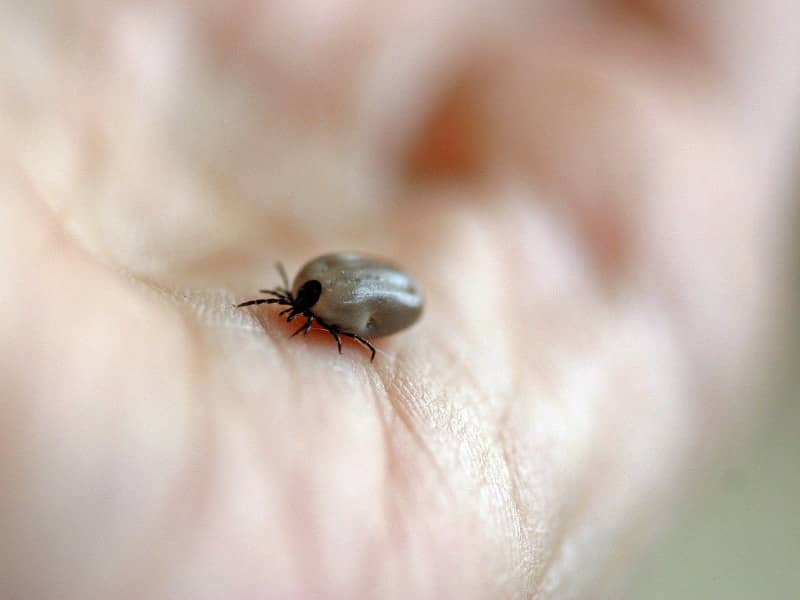
Fly eggs and maggots
Especially in the warm season, many flies lay their eggs on the body of the hedgehog. Very often these are wounds. The appearance of the fly eggs reminds in the first moment of rice grains stuck together. Between 8 hours and 3 days maggots hatch from the eggs. These eat through the wounds and the skin of the hedgehog or they penetrate through body openings. The hedgehog is thus practically eaten alive from the inside.
In many cases the maggots are not visible because they have already eaten their way into the body. In the case of an injured hedgehog you must react quickly and check it immediately for eggs and maggots. You can flush the maggots out of the ears or wounds with hydrogen peroxide or Dectomax solution. Otherwise you can use a toothbrush to remove the fly eggs from the hair and spines.
Mites
Here we distinguish between the hair follicle mite, the nail mite and the burrowing mite. The hair follicle mite is found on the sebaceous glands of the hair follicle. It leads to bald patches of skin. The nail mite sits on the skin and feeds on the skin scales. They are mainly found on the face and tail area. At first sight they look like small grains of sand. On closer inspection, you will notice that they are moving. The burrowing mite bores under the skin. There it causes inflammatory reactions, crusting, itching and eczema. The mites are specific to hedgehogs and can be removed by special baths.
Internal parasites include:
- Lungworms
- Lung hair and intestinal hair worms
- Tapeworms
- Intestinal Sucker Worms (Brachylaemus)
- Coccidia
Lungworms
They are transmitted primarily by snails. Symptoms include a rattle, dry cough, rattled breathing, loss of appetite, shortness of breath and weight loss.
Lung hairworms
They are probably transmitted by the earthworm. The symptoms are similar to those of lungworm.
Intestinal hairworm
It causes partly mucous diarrhea - sometimes with blood admixtures. Furthermore, the symptoms include loss of appetite, intestinal inflammation and anemia.
Tapeworms
They lead to the emaciation of the hedgehog despite good food intake.
Intestinal Sucker Worm
This is very rare in our areas. In case of infestation, it causes bloody diarrhea, intestinal inflammation, restlessness, loss of appetite and weight loss.
Coccidia
These are intestinal parasites that cause green and thin mushy feces. Symptoms include loss of appetite, restlessness, as well as weight loss. Possibly the infestation can lead to paralysis of the hind legs, as this has often been observed. In this case, treatment is mandatory. Transmission to the young hedgehogs may already occur through the mother. Transmission is by contact and smear infection. Mostly this happens at unclean feeding places, so thorough cleaning is very important.
Can the hedgehog parasites be transmitted to humans?
Some of the parasites can be transmitted to humans. Therefore, general hygiene measures are very important when you handle a hedgehog. These include washing your hands thoroughly with warm water and soap and disinfecting your hands. This also applies to very brief contact with a hedgehog.
What diseases can be transmitted?
Hedgehog parasites can cause fungal disease in humans when they come into contact with the skin. Many hedgehogs are infected with the pathogen Trichophyton erinacei. This leads to zoophilic dermatomycosis, a fungal disease of the skin.
Author

-
Garden animal - A life with nature
Welcome to my animal blog! My name is Dirk and I am happy to take you on my journey through the fascinating world of animals and gardening.
Born 54 years ago, I have had an insatiable curiosity for the animal world around me since childhood. Although I have moved professionally in other industries, my true passion has always been animals and nature. It is remarkable how a small garden has become such an important part of my life.
Many of my fondest memories are associated with the animals that share our home. Whether it's the curious squirrels that scurry across the trees in the morning, the colorful variety of birds that visit our feeders, or the busy bees and butterflies that pollinate our flowers, every moment with them is invaluable to me.
This blog is my contribution to share my experiences, discoveries and insights with like-minded people. Here I will share stories of unforgettable encounters with animals, give tips on gardening and creating wildlife-friendly habitats, and take you on my journeys through nature.
Thank you so much for being here!
Cordial,
Dirk aka garden animal
Last posts
- 27. February 2024PetsVeganes Hundefutter – Grün und Gesund?
- 18. January 2024ChickensOregano für Hühner
- November 27, 2023HamsterDiurnal hamsters
- November 24, 2023HamsterHamster hammock

